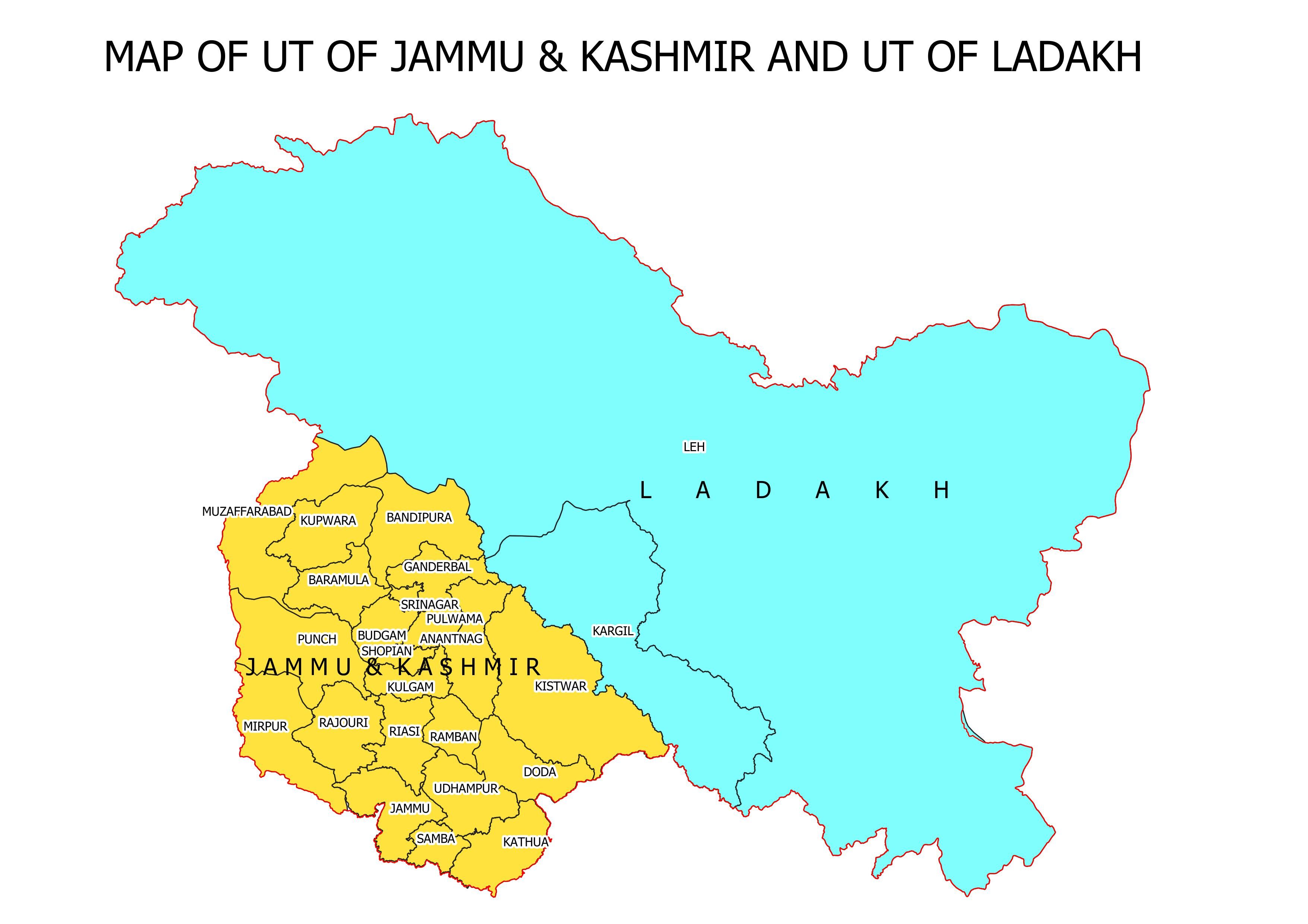A 'masterstroke'
Apart from fulfilling the longstanding demand of Ladakh’s autonomy, abrogation of Article 370 brought parity in development of both Leh and Kargil regions and introduced sustainability on the external front

As the state government did not take any follow up action on the report submitted by Justice PB Gajendragadkar, movements for autonomy were started by Ladakhis in 1974 and 1982 under the leadership of Lobzang-Thupstan Chhewang and P Namgyal, respectively, demanding Union Territory status for Ladakh. Lama Lobzang's argument was that "progress in Ladakh has not kept pace with rising aspirations following the expansion of education and growth of social and political consciousness."
However, in 1979, Kargil was carved out as a new district. The LBA felt that this was a cynical move on the part of Sheikh to nudge Kargilis, who are predominantly Shia Muslims, that their religious beliefs were closer to the Valley than that of Ladakhis. A wedge had been created and, for the first time ever, the simmering tensions between the Buddhists and Muslims led to violent outbreak in 1989, following which the LBA's insistence on the UT status became more pronounced.
According to the then LBA leader Rigzin Jora and Leh MLA T Samphal, "In demanding Union Territory status, Ladakh's primary concern was to protect its identity. Under Kashmir's rule, Ladakh suffered enormous cultural onslaught from fundamentalist organisations of the Valley. It is, therefore, important for the Ladakh Buddhist Association to keep up its struggle for a Union Territory of Ladakh." The agitation was withdrawn after an autonomous council on the lines of the Gorkhaland Territorial Hill Council was accepted by the Home Ministry and the government of J&K. However, after the agitation was withdrawn, the state government put the council demand on the backburner. The protests continued through 1991 and 1992, but the MHA took the view that the "proposed council, as demanded by the LBA, would call for an amendment in the State Constitution as well as threaten the existence of Article 370 of the Indian Constitution". However, finally in September 1995, a democratically-elected Leh Autonomous Hill Development Council (LAHDC) came into being. This was followed by the Kargil Autonomous Hill Development Council in 2003. Thus, one may say that with respect to development interventions, the hill councils were becoming detached from the administration of J&K.
During the last decade, major infrastructure projects, including the Zojila Tunnel and the Kargil Zanskar Highway, have been taken up to ensure connectivity of the region with the rest of the country. The inflow of tourists will be a boon to the local economy, besides of course catering to the requirement of the armed forces. The infrastructure push is expected to receive greater impetus with the declaration of Ladakh as a UT.
However, even as the LBA and other Leh-based organisations, including the Gyalrung Drukpa and Anjuman Moin-ul-Islam, welcomed the move, there were murmurs of protest in Kargil as many of its residents felt that the popular perception was that Leh – with its monasteries, stupas, landscapes and the serene lakes — has become synonymous with Ladakh. Kargil — which was equidistant to Skardu, Srinagar, Leh and Zanskar, used to be the centre of trade, and a strategic halt for the traders and travellers from places as far as Yarkand in China — suffered neglect as the trade routes were disrupted. It bore the brunt of all the attacks from the Pakistani intruders in 1948, 1965, 1971 and 1999. The recruitment to the SSB, ITBP and Ladakh Scouts mostly came from Leh. It was only after 1999 that the first induction of Kargil youth in the armed forces began. Kargil residents complain of a double jeopardy: under the erstwhile state government, they were ignored because they were Shias, and now they are being discriminated against because they are not Buddhists. They point out that, in terms of population, Kargil district with a population of 1.40 lakhs is marginally higher than that of Leh which is 1.33 lakhs, although in terms of area, Leh at 45,000 square kilometres is three times the size of Kargil.
As such, the abrogation of Article 370 and the creation of the UT have had both external and internal implications. As long as it was a part of J&K, it had little political voice, even after the newly created councils for the key officials continued to report to the state government. Now the Union government can monitor development interventions – from highways to telecom to power grids, directly. Both Leh and Kargil have been brought under the ambit of the smart cities programme, and officers from across the country are being assigned to the region. The key demand of reservation of jobs for the residents of Ladakh and control over land has also been accepted. The key challenge is to ensure that both Leh and Kargil feel equally empowered and involved in the institutions of governance, and get a fair chance of employment in all sectors including defence. With regard to the external front, the possibilities are best expressed by Stobdan, "It also opens doors for a fresh look at territorial disputes with China. Granting Ladakh UT status was a masterstroke. It is a strategic move. Now that Jammu and Kashmir is gone, there is no longer a need to remain hung-up on its territorial integrity—the Aksai Chin issue should be flexible."
Views expressed are personal



